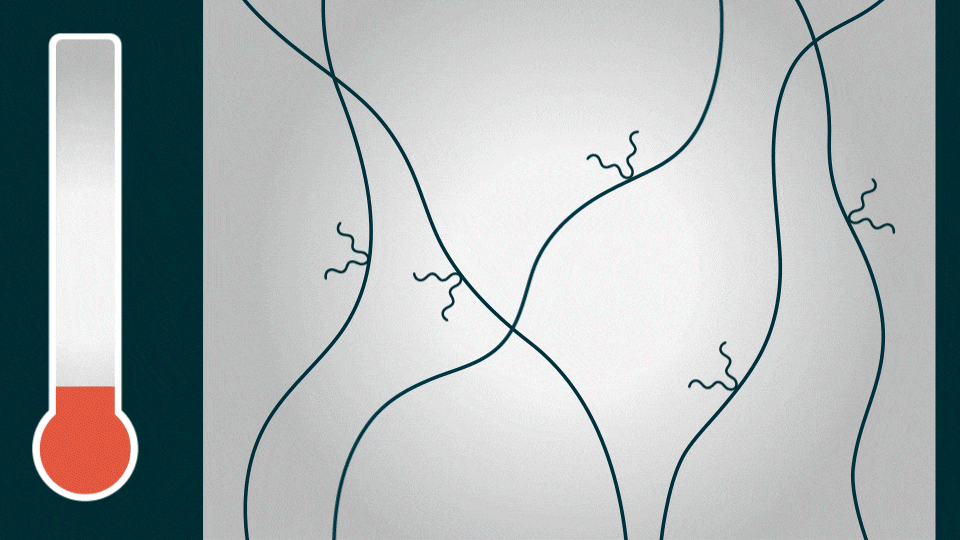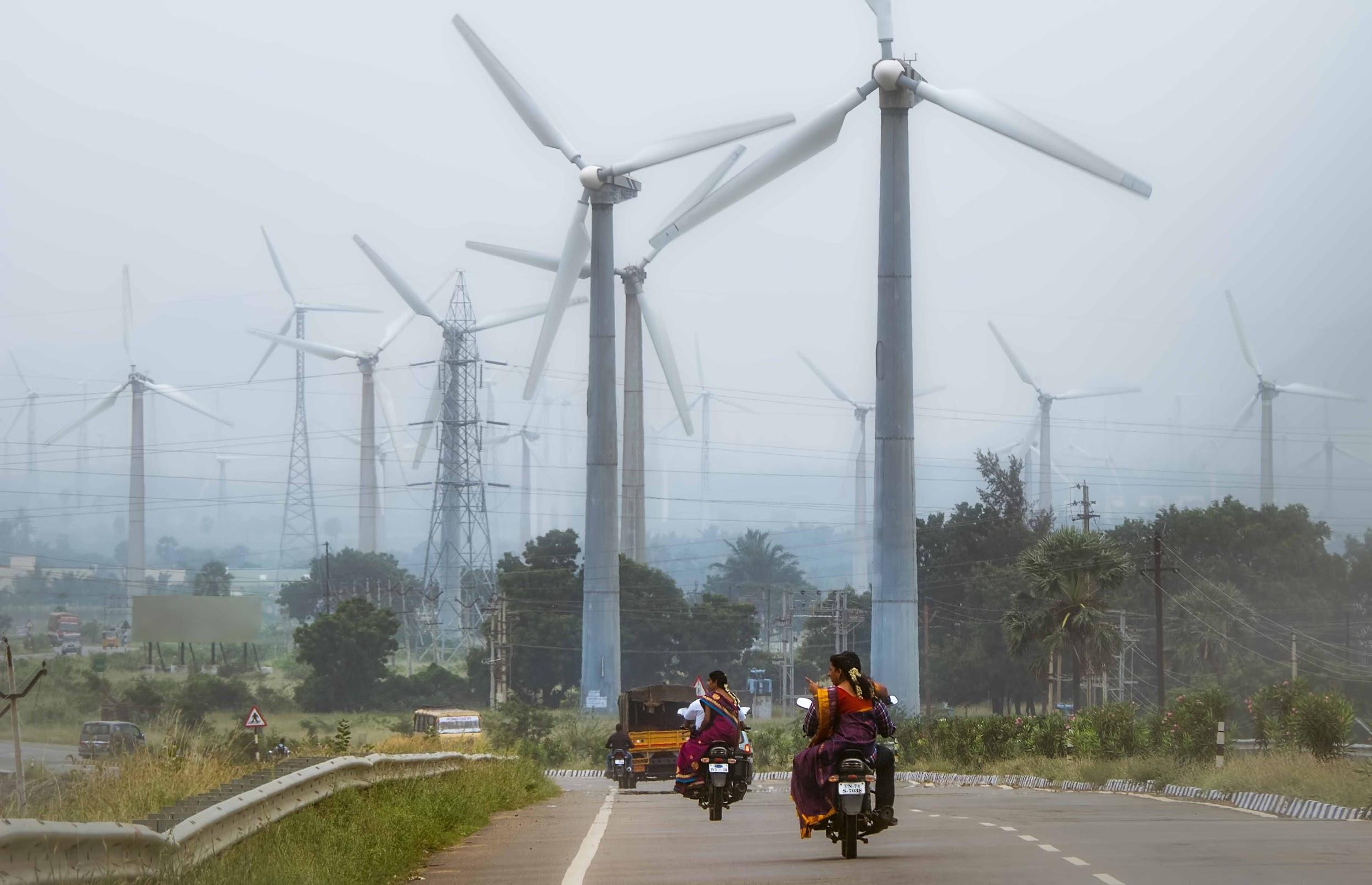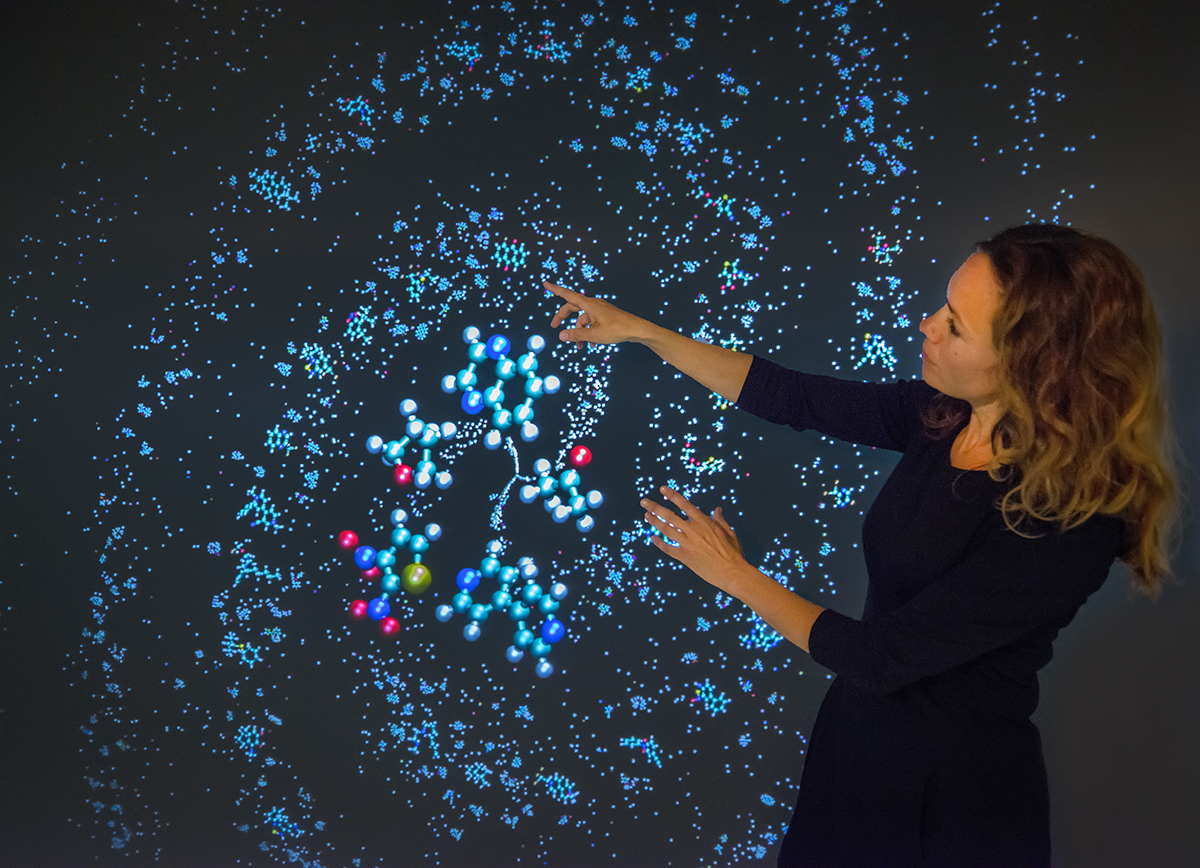Abstract Public investments in research, development, demonstration, and deployment in energy systems are crucial for accelerating the adoption of new energy technologies that can support a low-carbon just energy transition and promote the fair and equitable distribution of benefits and…
Tag: energy technologies

Electric Vehicle Batteries Could Get Big Boost With New Polymer Coating
Scientists at Berkeley Lab have developed a polymer coating that could enable longer lasting, more powerful lithium-ion batteries for electric vehicles. The advance opens up a new approach to developing EV batteries that are more affordable and yet easy to manufacture.
Nitrogen Footprint: Heavy Pollution and Resource Losses Due to Liquid Manure
Factory farming for meat production is harmful to the environment. In addition to its direct emissions of methane, its use of liquid manure releases climate-damaging nitrogen compounds such as ammonia and nitrous oxide into the atmosphere and pollutes the groundwater with nitrates. Researchers at the Karlsruhe Institute of Technology (KIT) have analyzed how the liquid manure produced by livestock farming, which is often used as fertilizer, affects its nitrogen footprint. They showed that the nitrogen pollution caused by liquid manure from the production of beef is three times higher than that for pork and eight times higher than that for poultry
Department of Energy Announces $78 Million for Research in High Energy Physics
Today, the U.S. Department of Energy (DOE) announced $78 million in funding for 58 research projects that will spur new discoveries in high energy physics. The projects—housed at 44 colleges and universities across 22 states—are exploring the fundamental science about the universe that also underlies technological advancements in medicine, computing, energy technologies, manufacturing, national security, and more.

Science Snapshots From Berkeley Lab – Week of March 29, 2021
India’s Ambitious Clean Energy Goals, a Secret Pathway to Harnessing the Sun for Clean Energy, and a Supersmart Gas Sensor for Asthmatics

Lawrence Livermore and its partners provide researchers access to next-generation carbon dioxide storage simulator
After more than two years of joint research, Lawrence Livermore National Laboratory (LLNL), Total, and Stanford University are releasing an open-source, high-performance simulator for large-scale geological carbon dioxide (CO2) storage.

Making a Material World Better, Faster Now: Q&A With Materials Project Director Kristin Persson
Berkeley Lab’s Kristin Persson shares her thoughts on what inspired her to launch the Materials Project online database, the future of materials research and machine learning, and how she found her own way into a STEM career.